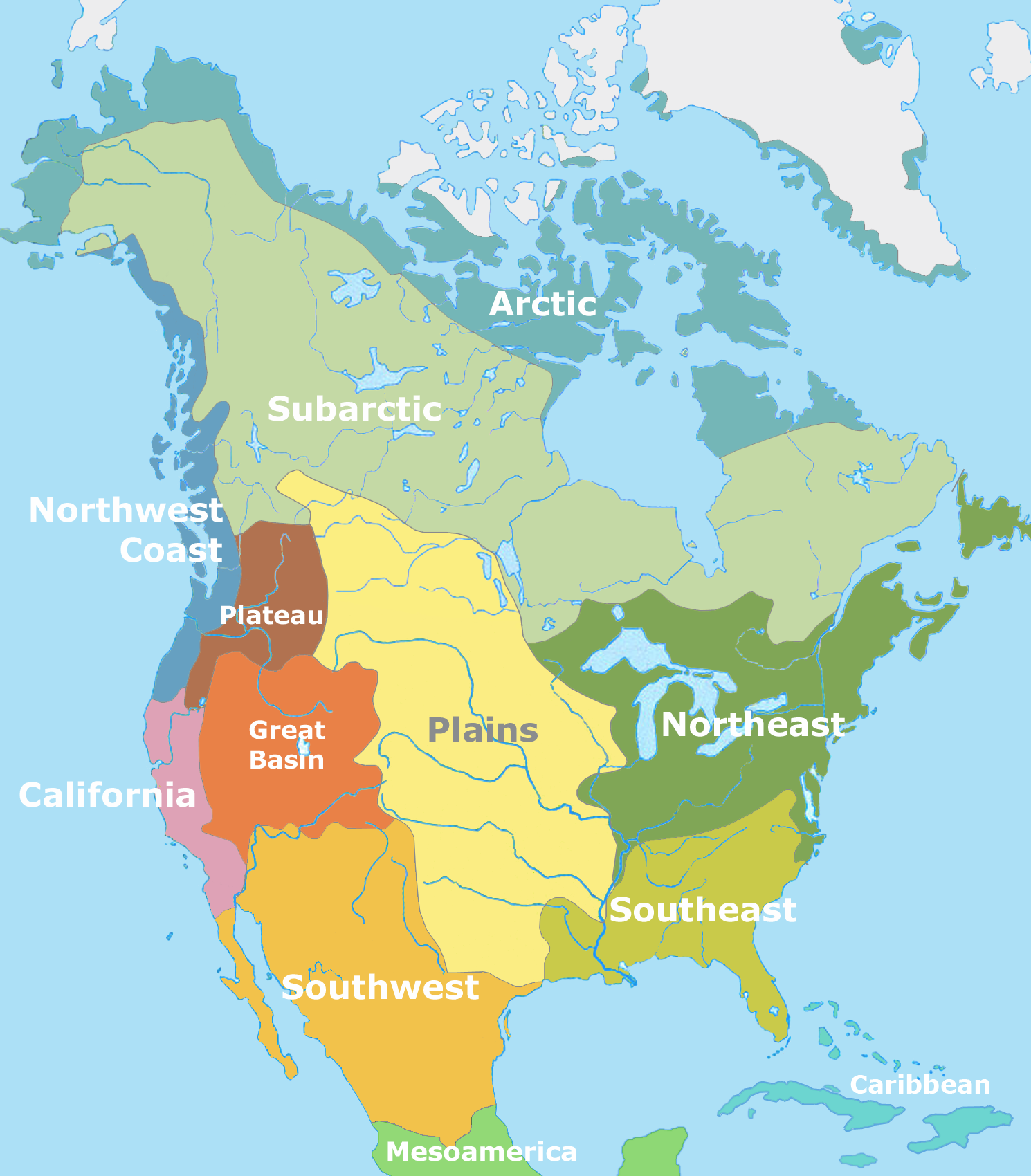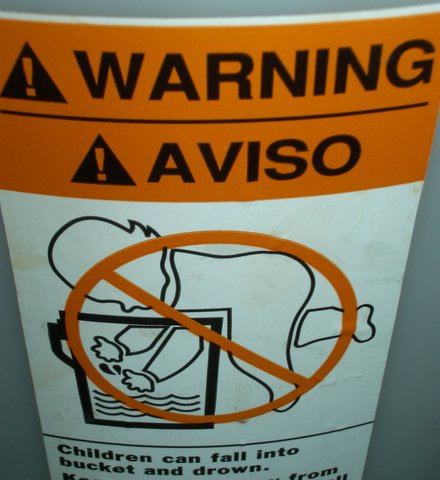|
Pearl Hunting
Pearl hunting, also known as pearl fishing or pearling, is the activity of recovering or attempting to recover pearls from wild molluscs, usually oysters or mussels, in the sea or freshwater. Pearl hunting was prevalent in India and Japan for thousands of years. On the northern and north-western coast of Western Australia pearl diving began in the 1850s, and started in the Torres Strait Islands in the 1860s, where the term also covers diving for nacre or mother of pearl found in what were known as pearl shells. In most cases the pearl-bearing molluscs live at depths where they are not manually accessible from the surface, and diving or the use of some form of tool is needed to reach them. Historically the molluscs were retrieved by freediving, a technique where the diver descends to the bottom, collects what they can, and surfaces on a single breath. The diving mask improved the ability of the diver to see while underwater. When the surface-supplied diving helmet became availabl ... [...More Info...] [...Related Items...] OR: [Wikipedia] [Google] [Baidu] |
Inlay
Inlay covers a range of techniques in sculpture and the decorative arts for inserting pieces of contrasting, often colored materials into depressions in a base object to form Ornament (art), ornament or pictures that normally are flush with the matrix. A great range of materials have been used both for the base or matrix and for the inlays inserted into it. Inlay is commonly used in the production of decorative furniture, where pieces of colored wood, precious metals or even diamonds are inserted into the surface of the carcass using various matrices including clear coats and varnishes. Inlay (guitar), Lutherie inlays are frequently used as decoration and marking on musical instruments, particularly the smaller String instrument, strings. Perhaps the most famous example of furniture inlay is that of André-Charles Boulle (1642–1732) which is known as Boulle work and evolved in part from inlay produced in Italy during the late 15th century at the ''studiolo'' for Federico da ... [...More Info...] [...Related Items...] OR: [Wikipedia] [Google] [Baidu] |
Central America
Central America is a subregion of North America. Its political boundaries are defined as bordering Mexico to the north, Colombia to the southeast, the Caribbean to the east, and the Pacific Ocean to the southwest. Central America is usually defined as consisting of seven countries: Belize, Costa Rica, El Salvador, Guatemala, Honduras, Nicaragua, and Panama. Within Central America is the Mesoamerican biodiversity hotspot, which extends from southern Mexico to southeastern Panama. Due to the presence of several active geologic faults and the Central America Volcanic Arc, there is a high amount of seismic activity in the region, such as volcanic eruptions and earthquakes, which has resulted in death, injury, and property damage. Most of Central America falls under the Isthmo-Colombian cultural area. Before the Spanish expedition of Christopher Columbus' voyages to the Americas, hundreds of indigenous peoples made their homes in the area. From the year 1502 onwards, Spain ... [...More Info...] [...Related Items...] OR: [Wikipedia] [Google] [Baidu] |
Caribbean
The Caribbean ( , ; ; ; ) is a region in the middle of the Americas centered around the Caribbean Sea in the Atlantic Ocean, North Atlantic Ocean, mostly overlapping with the West Indies. Bordered by North America to the north, Central America to the west, and South America to the south, it comprises numerous List of Caribbean islands, islands, cays, islets, reefs, and banks. It includes the Lucayan Archipelago, Greater Antilles, and Lesser Antilles of the West Indies; the Quintana Roo Municipalities of Quintana Roo#Municipalities, islands and Districts of Belize#List, Belizean List of islands of Belize, islands of the Yucatán Peninsula; and the Bay Islands Department#Islands, Bay Islands, Miskito Cays, Archipelago of San Andrés, Providencia and Santa Catalina, Archipelago of San Andrés, Providencia, and Santa Catalina, Corn Islands, and San Blas Islands of Central America. It also includes the coastal areas on the Mainland, continental mainland of the Americas bordering the ... [...More Info...] [...Related Items...] OR: [Wikipedia] [Google] [Baidu] |
Mississippi River
The Mississippi River is the main stem, primary river of the largest drainage basin in the United States. It is the second-longest river in the United States, behind only the Missouri River, Missouri. From its traditional source of Lake Itasca in northern Minnesota, it flows generally south for to the Mississippi River Delta in the Gulf of Mexico. With its many tributaries, the Mississippi's Drainage basin, watershed drains all or parts of 32 U.S. states and two Canadian provinces between the Rocky Mountains, Rocky and Appalachian Mountains, Appalachian mountains. The river either borders or passes through the states of Minnesota, Wisconsin, Iowa, Illinois, Missouri, Kentucky, Tennessee, Arkansas, Mississippi, and Louisiana. The main stem is entirely within the United States; the total drainage basin is , of which only about one percent is in Canada. The Mississippi ranks as the world's List of rivers by discharge, tenth-largest river by discharge flow, and the largest ... [...More Info...] [...Related Items...] OR: [Wikipedia] [Google] [Baidu] |
Tennessee River
The Tennessee River is a long river located in the Southern United States, southeastern United States in the Tennessee Valley. Flowing through the states of Tennessee, Alabama, Mississippi, and Kentucky, it begins at the confluence of French Broad River, French Broad and Holston River, Holston rivers at Knoxville, Tennessee, Knoxville, and drains into the Ohio River near Paducah, Kentucky. It is the largest tributary of the Ohio, and drains a basin of . Its tributary, the Little Tennessee River, flows into it from Western North Carolina and northeastern Georgia. Etymology The river appears on France, French maps from the late 17th century with the names "Caquinampo" or "Kasqui." Maps from the early 18th century call it "Cussate," "Mitchell Map, Hogohegee," "Callamaco," and "Acanseapi." A 1755 British map showed the Tennessee River as the "River of the Cherakees."Ann ToplovichTennessee River System, ''Tennessee Encyclopedia of History and Culture'', December 25, 2009; upd ... [...More Info...] [...Related Items...] OR: [Wikipedia] [Google] [Baidu] |
Ohio River
The Ohio River () is a river in the United States. It is located at the boundary of the Midwestern and Southern United States, flowing in a southwesterly direction from Pittsburgh, Pennsylvania, to its river mouth, mouth on the Mississippi River in Cairo, Illinois, Cairo, Illinois. It is the third largest river by discharge volume in the United States and the largest tributary by volume of the Mississippi River. It is also the sixth oldest river on the North American continent. The river flows through or along the border of six U.S. state, states, and its drainage basin includes parts of 14 states. Through its largest tributary, the Tennessee River, the basin includes several states of the southeastern United States. It is the source of drinking water for five million people. The river became a primary transportation route for pioneers during the westward expansion of the early U.S. The lower Ohio River just below Louisville was obstructed by rapids known as the Falls of the Oh ... [...More Info...] [...Related Items...] OR: [Wikipedia] [Google] [Baidu] |
Native Americans In The United States
Native Americans (also called American Indians, First Americans, or Indigenous Americans) are the Indigenous peoples of the Americas, Indigenous peoples of the United States, particularly of the Contiguous United States, lower 48 states and Alaska. They may also include any Americans whose origins lie in any of the indigenous peoples of North or South America. The United States Census Bureau publishes data about "American Indians and Alaska Natives", whom it defines as anyone "having origins in any of the original peoples of North and South America ... and who maintains tribal affiliation or community attachment". The census does not, however, enumerate "Native Americans" as such, noting that the latter term can encompass a broader set of groups, e.g. Native Hawaiians, which it tabulates separately. The European colonization of the Americas from 1492 resulted in a Population history of Indigenous peoples of the Americas, precipitous decline in the size of the Native American ... [...More Info...] [...Related Items...] OR: [Wikipedia] [Google] [Baidu] |
Freediving Blackout
Freediving blackout, breath-hold blackout, or apnea blackout is a class of hypoxic blackout, a Unconsciousness, loss of consciousness caused by cerebral hypoxia towards the end of a breath-hold (freedive or dynamic apnea) dive, when the swimmer does not necessarily experience an urgent need to breathe and has no other obvious medical condition that might have caused it. It can be provoked by hyperventilation, hyperventilating just before a dive, or as a consequence of the pressure reduction on ascent, or a combination of these. Victims are often established practitioners of breath-hold diving, are fit, strong swimmers and have not experienced problems before. Blackout may also be referred to as a syncope (medicine), syncope or fainting. Divers and swimmers who black out or Greyout (medical), grey out underwater during a dive will usually Drowning, drown unless rescued and resuscitated within a short time. Freediving blackout has a high fatality rate, and mostly involves males younge ... [...More Info...] [...Related Items...] OR: [Wikipedia] [Google] [Baidu] |
Drowning
Drowning is a type of Asphyxia, suffocation induced by the submersion of the mouth and nose in a liquid. Submersion injury refers to both drowning and near-miss incidents. Most instances of fatal drowning occur alone or in situations where others present are either unaware of the victim's situation or unable to offer assistance. After successful resuscitation, drowning victims may experience breathing problems, confusion, or unconsciousness. Occasionally, victims may not begin experiencing these symptoms until several hours after they are rescued. An incident of drowning can also cause further complications for victims due to Hypothermia, low body temperature, Pulmonary aspiration, aspiration, or acute respiratory distress syndrome (respiratory failure from lung inflammation). Drowning is more likely to happen when spending extended periods of time near large bodies of water. Risk factors for drowning include alcohol use, drug use, epilepsy, minimal swim training or a complete l ... [...More Info...] [...Related Items...] OR: [Wikipedia] [Google] [Baidu] |
Bivalve
Bivalvia () or bivalves, in previous centuries referred to as the Lamellibranchiata and Pelecypoda, is a class (biology), class of aquatic animal, aquatic molluscs (marine and freshwater) that have laterally compressed soft bodies enclosed by a calcified exoskeleton consisting of a hinged pair of half-bivalve shell, shells known as valve (mollusc), valves. As a group, bivalves have no head and lack some typical molluscan organs such as the radula and the odontophore. Their gills have evolved into ctenidium (mollusc), ctenidia, specialised organs for feeding and breathing. Common bivalves include clams, oysters, Cockle (bivalve), cockles, mussels, scallops, and numerous other family (biology), families that live in saltwater, as well as a number of families that live in freshwater. Majority of the class are benthic filter feeders that bury themselves in sediment, where they are relatively safe from predation. Others lie on the sea floor or attach themselves to rocks or other h ... [...More Info...] [...Related Items...] OR: [Wikipedia] [Google] [Baidu] |
Bern Cod
Bern (), or Berne (), ; ; ; . is the '' de facto'' capital of Switzerland, referred to as the "federal city".; ; ; . According to the Swiss constitution, the Swiss Confederation intentionally has no "capital", but Bern has governmental institutions such as the Federal Assembly and Federal Council. However, the Federal Supreme Court is in Lausanne, the Federal Criminal Court is in Bellinzona and the Federal Administrative Court and the Federal Patent Court are in St. Gallen, exemplifying the federal nature of the Confederation. With a population of about 146,000 (), Bern is the fifth-most populous city in Switzerland, behind Zürich, Geneva, Basel and Lausanne. The Bern agglomeration, which includes 36 municipalities, had a population of 406,900 in 2014. The metropolitan area had a population of 660,000 in 2000. Bern is also the capital of the canton of Bern, the second-most populous of Cantons of Switzerland, Switzerland's cantons. The official language is German l ... [...More Info...] [...Related Items...] OR: [Wikipedia] [Google] [Baidu] |








